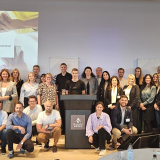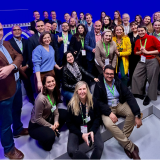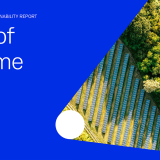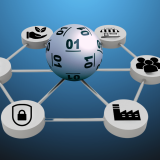
Improved Communication for a More Social and Safe Gaming
How can communications be improved to make gaming more social and more safe? ONCE and the Complutense University of Madrid have conducted a study to find out how effective messages sent through JuegosONCE (the official ONCE website for responsible, safe and social lotteries) are at preventing unwanted behaviours.
Article by Guillermo Mejías Martínez, Doctor Researcher, Extraordinary Chair on Responsible Gaming and its Communication.
It may seem strange that there are studies to inform about responsible and safe gaming, about how to communicate these concepts, and, especially, to analyze the ways of doing so to be more useful to citizens. And surely people would be surprised to know that this is what we do at the Extraordinary Chair on Responsible Gaming and its Communication of ONCE and the Complutense University of Madrid. With this research initiative, we are constantly seeking and analyzing new ways to promote responsible consumption and prevent users from encountering any issues with gaming.
One of the latest studies we have conducted is related to improving health communication by gaming operators, specifically with the methodology used in JuegosONCE to interact with its customers. And now you might be wondering, what is JuegosONCE? Well, it is the official website for responsible, safe, and social lotteries of ONCE. On this platform, users register and can access all the gaming modalities that the Organization offers, all under strict safety standards that are continuously reviewed and analyzed.
At this point, perhaps communication in responsible gaming seems a bit less strange, doesn't it? Well, I will try to explain our latest study related to the messages sent to users regarding prevention in a simple way; prevention being one of the most commonly used public health tools to reduce potential harm caused by pathological gaming.
In this particular study, we have analyzed the messages that JuegosONCE sends to users who exceed a certain spending limit on a recurring basis. It involves a multi-phase protocol that the platform uses to "alert" players initially and try to prevent unwanted behaviors. And you might wonder how we did it. I'll try to summarize it. Various methodologies were used, including the creation of focus groups or groups of people to analyze a topic, interviews with gaming and advertising personalities, and a proof of concept.
We started by analyzing the different models of emails that ONCE sends to its customers from the JuegosONCE website, which have been developed based on other gaming operators associated with other European lotteries. These messages are sent to prevent abusive consumption, always following very strict criteria established by ONCE.
After analyzing the initial messages, we created a questionnaire that we asked two groups of 45 and 43 participants to complete, from which we drew very interesting conclusions. It is important to note that each group was presented with different messages; the first group received the old messages, and the second group received the messages proposed based on the results and comments of the first group.
What we observed in both groups is that the type of content and message has the most impact on this type of communication. However, it was also interesting to see that responses varied depending on age and, therefore, require different approaches. Addressing people between 18 and 35 is not the same as addressing those over 35. But what was most characteristic is that the first group mentioned the complexity and length of these messages, which unfortunately resulted in them not being read.
Considering the above, it was deemed most optimal to draft shorter and more direct messages, with richer formatting, highlighting consumption information and responsible gaming more directly. With just this conclusion, this study helps us establish keys that promote a change in consumer behavior and allow us to get the most benefit from responsible gaming policies. It helps us understand consumers more directly, as we know their feelings more intimately, and at the same time, it helps us create more suitable messages that are more effective and can reach more people better. And so it was done, closing the research with a tangible improvement.
After reading this "brief summary," you might be curious about all this Responsible Gaming Communication. If so, I advise you to visit our website and take a look at everything we do, which will surely surprise you: Extraordinary Chair of Research on Responsible Gaming and its Communication







